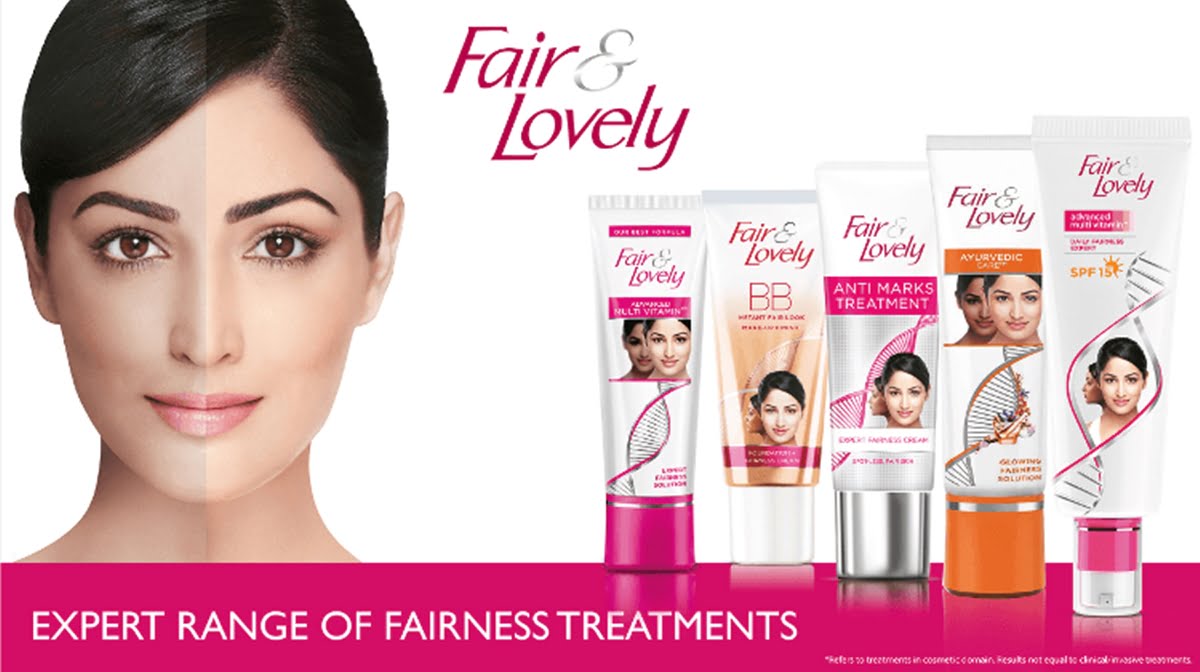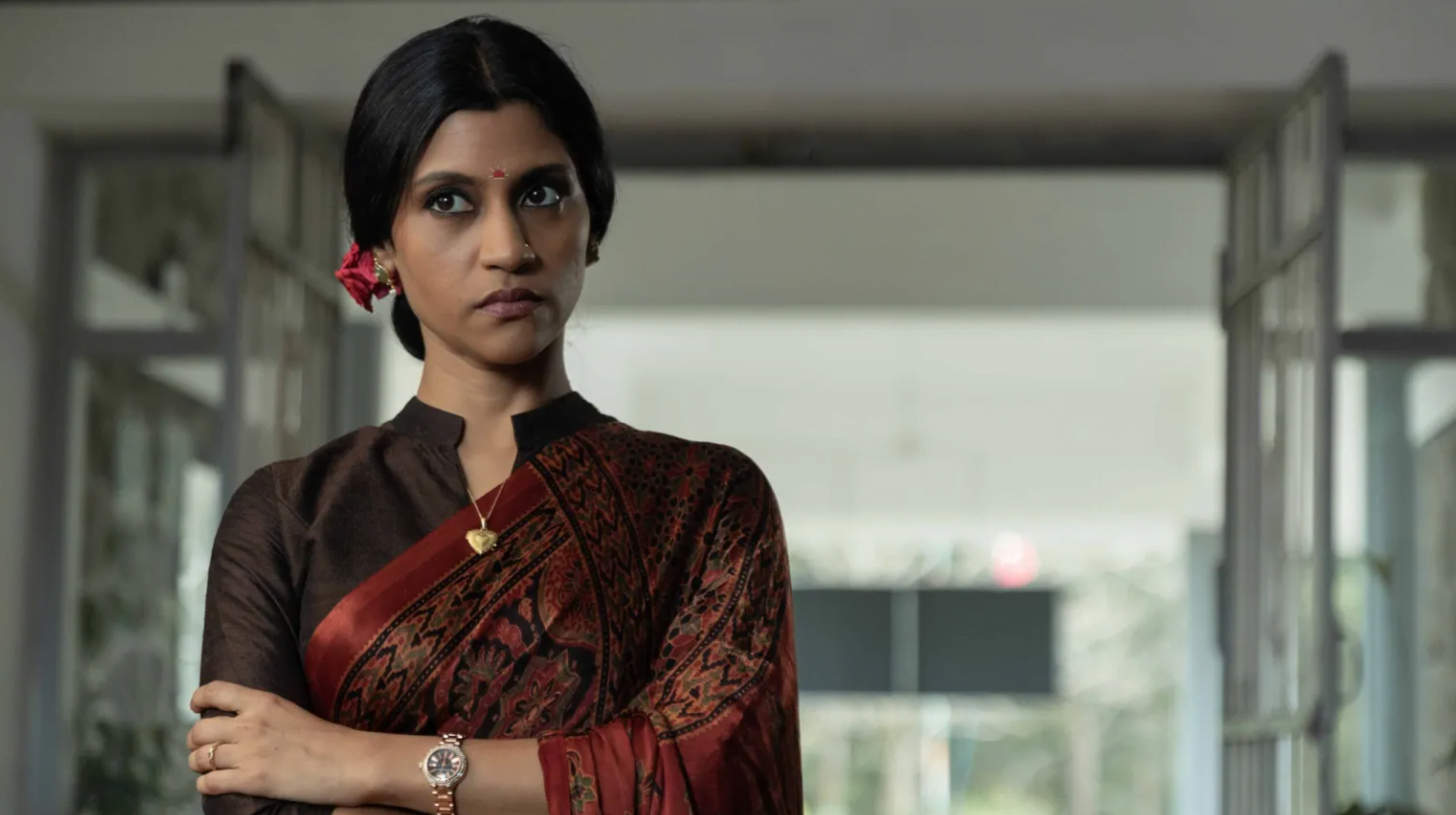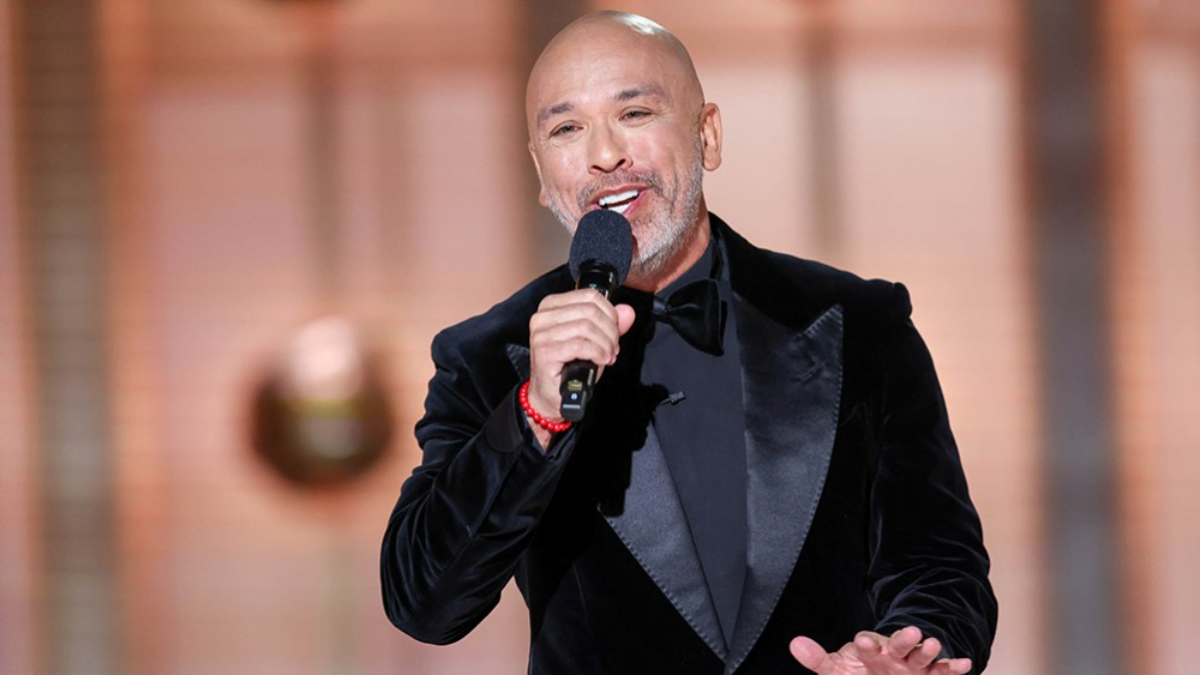Hindustan Unilever Limited’s decision to drop the ‘Fair’ from its bestselling product Fair & Lovely may have come at an opportune moment when the politics of beauty and skin colour takes centre-stage within the broader canvas of racism. Coming at the heels of Johnson & Johnson’s move to stop sale of Clean & Clear products in India and Middle East, HUL has timed its response perfectly to the political debate and feminist discourse over standardised beauty norms.
“We are removing the words ‘fairness’ and ‘whitening’ and ‘lightening’ from products and changing the Fair & Lovely brand name“, states a release from Unilever, the parent company of HUL. The company states that it is committed to a skincare portfolio that is inclusive of all skin tones, celebrating the diversity of beauty.
The drumroll of applause seems quite befitting especially if one were to note that of the 5000-crore worth fairness cream segment, Fair & Lovely had the lion’s share of 70 percent. Favourably priced, with aggressive and targeted advertising, it appealed to a nation that was consumed with ‘fairness’ as a beauty parameter. Prior to Fair & Lovely, no other brand had made such outright promises to the Indian consumer that it would help lighten both skin colour and the adjoining burden that a darker skin tone invariably brought.
The drumroll of applause seems quite befitting especially if one were to note that of the 5000-crore worth fairness cream segment, Fair & Lovely had the lion’s share of 70 percent.
Also read: Un-Fair And Not So Lovely: Capitalism And Colourism In India
The conventional understanding and notion of beauty is part of the patriarchal agenda to subsume women – their status, identity and space. The Third Wave of feminism is severely opposed to the beauty parameters and its effect on women. For long, women’s bodies were appropriated as a seat of power politics. Women were tutored through an effective patriarchal mechanism – socialisation – to see themselves in terms of their reflections in the mirror. As the power structures realigned themselves in favour of women – eating disorders, incidence of cosmetic surgery, pornography and dependency on cosmetics rose exponentially, taking away much of the gains gotten in the First and Second Wave of Feminism.
Today, physical appearances, skin tone, body type, facial structure, even sartorial choices continue to matter even as women negotiate social spaces with a never before kind of freedom. As women continue to obsess over skin colour and firmness of skin; the occurrence of crow’s feet, laugh lines and greying strands, it forces an admission that there exists a dangerous relationship between female liberation and female beauty.

With every stride in the legal, social, economic front, the beauty parameters have become more cruel and toxic; bearing down on women through tough media presentations, bludgeoning cosmetic and fitness industry. That ‘fair’ alone is ‘lovely’ and ‘sought to be acquired’ even at the cost of exposure to carcinogenic agents, has been rammed down our collective gullets so many times that the alternative probably just does not occur to us. Those from the older generation seem exhausted with the ever-growing pile of beauty parameters that are ardent on overthrowing the collective strides towards women’s emancipation. The younger lot seems to have internalised the parameters so much that they propound it in the name of ‘choice’ and ‘freedom’. This has really compounded the battle for women’s liberation. Case in point – Rama Bijapurkar.
Rama Bijapurkar, marketing expert and author of We Are Like That Only: Understanding the Logic of Consumer India argues, “The product exists because people want that choice. If as a dark skinned South Indian woman, I want to lighten my skin tone, how is it anybody’s business? Can you give consumers the courtesy of choice?“
Also read: Beauty Standards And Its Harming Effects On Women Around The Globe
Choice – the pivot on which feminist ideas are grounded. The fact that the existence of choices can lead to decision making and thereby empowerment is the quintessential idea that drives gender-based policies and initiatives. But choices that a woman makes could itself be a fallout of the patriarchy-driven socialisation process. For example, for many women denied access to education, health, livelihood options, property etc., choosing the institution of marriage and domestic space sadly rises due to the gendered process of enculturation. So Bijapurkar’s argument perhaps does not hold good on grounds that there is little choice involved in opting for a fairness skin cream, especially in a culture that sells ‘fair skin’ as the ‘one and only desirable option’. The equation Fair is Lovely and Beautiful is hard to shrug off and there are few who will wilfully want dark skin, because of the conscious or unconscious internalisation of beauty standards rooted in patriarchy. So, the premise of choice in this case simply wafts away like a wisp of smoke.
Underneath the veneer of controlled, liberated, successful working women, there still exists a secret underlife which poisons the insides; one that colludes with the beauty parameters and existing social norms…It is this that unleashes self-loathing and makes one reach for the fairness cream/anti-ageing product/ cosmetic surgery/diet-exercise regime.
Bijapurkar’s comments are however interesting because it gives proof that underneath the veneer of controlled, liberated, successful working women, there still exists a secret underlife which poisons the insides; one that colludes with the beauty parameters and existing social norms…It is this that unleashes self-loathing and makes one reach for the fairness cream/anti-ageing product/ cosmetic surgery/diet-exercise regime. It is by no accident that images of feminine beauty are used as political tools to subvert the agenda of women’s emancipation and empowerment. Collectively women may have forged ahead, but individually (and especially) when they navigate the personal spaces of their lives, that they still remain bound by the beauty parameters.
A generation ago, women asked questions about their place in society. They got their answers in their right to vote, right to own and have access to property, own their bodies and reproductive capacities. Today it is our turn to ask certain other questions – What is it to be a woman? Do a woman’s experiences have any value? What is so important about looking young, being fair, having flawless skin or rounded breasts? Is there a difference between ‘fashion in clothing’ and ‘fashion in women’s bodies’? If science does come up with a less invasive, more painless procedure to create altered versions of women in keeping with the then beauty parameters, would it be alright to embrace it and defend it as a ‘choice’?
The problem with cosmetics arises when women feel invisible or inadequate without it. The problem with a cosmetic procedure and fitness regime arises when women feel that they need these in order to keep their jobs, attract a lover or assert their identities. The current phase of feminism must deal with these ideas. At this moment most women have to choose between ‘sexual’ or ‘serious’. The discourse has to take us to point where we can be both – sexual and serious.
Fair & Lovely may have dropped the name, but it remains to be seen how exactly it renames itself. Usage of words like radiant, blemish-free, flawless etc. will convey almost the same sense of social coercion.
Featured Image Source: Fair and Lovely





very nice information